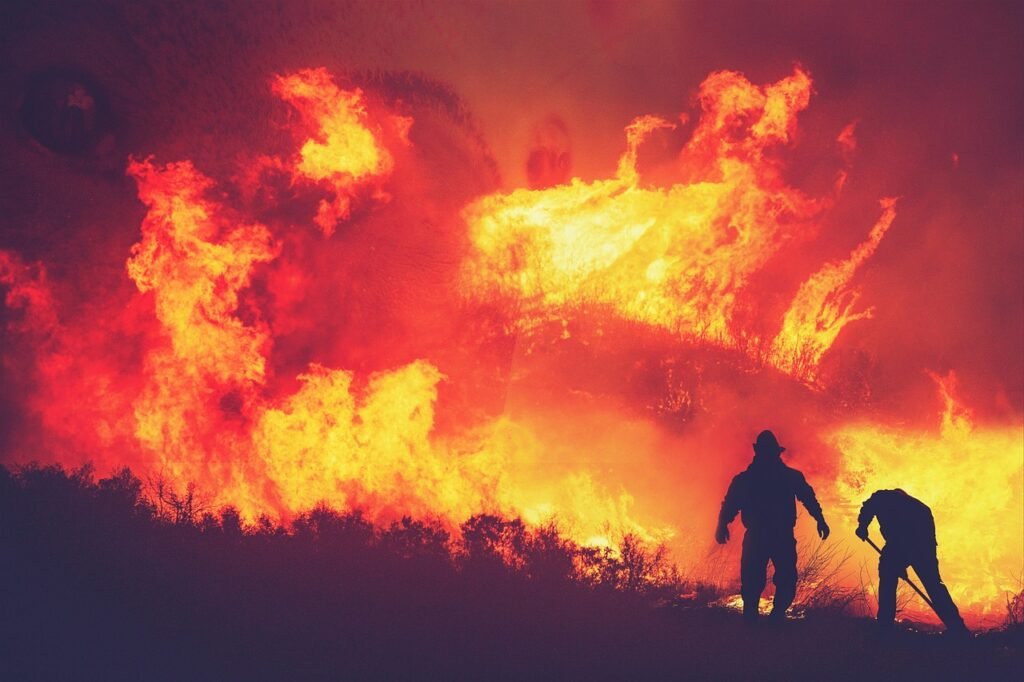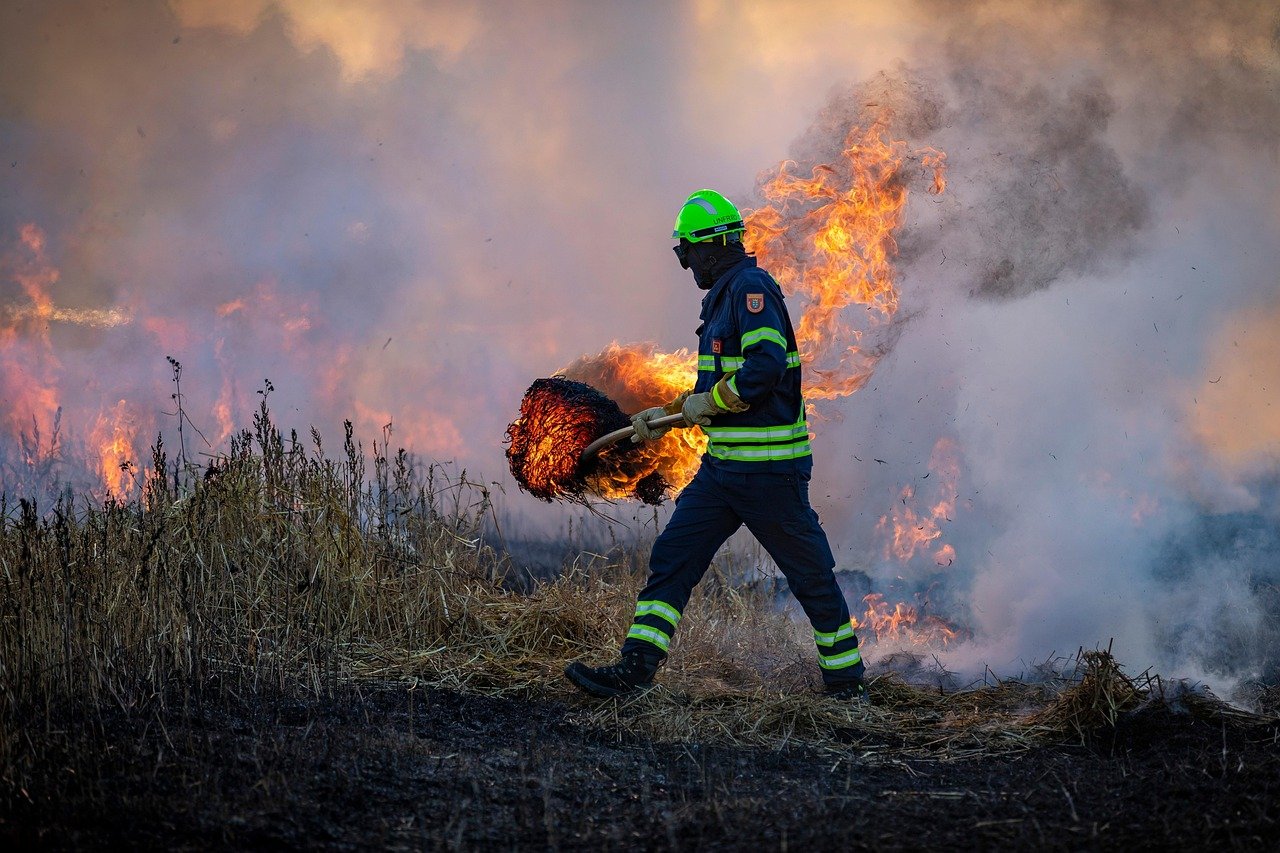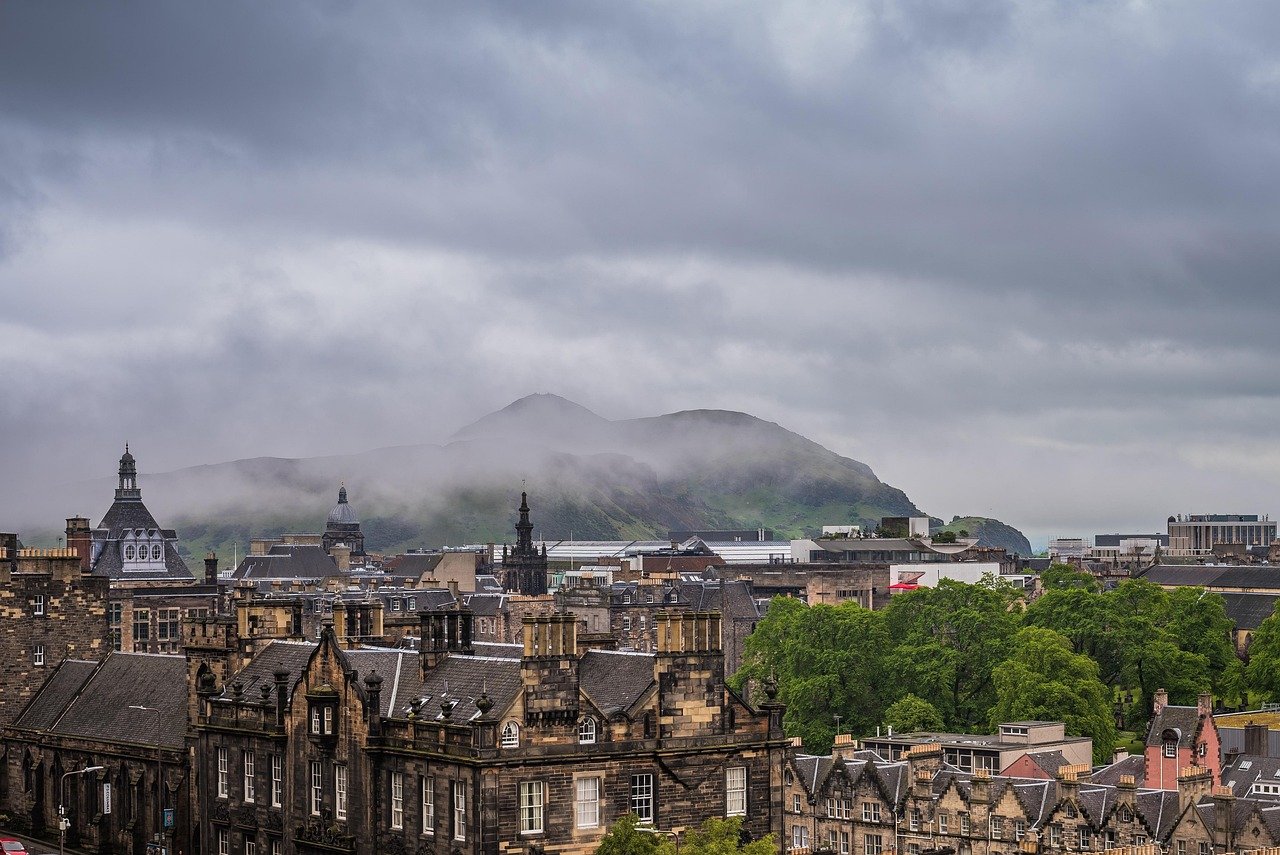As the UK swelters in late summer, British news feeds and search trends have been peppered with stories from across the Channel about Lagrasse—a jewel of southern France’s Occitanie region. Once famed exclusively for its medieval abbey, artisanal markets, and scenic riverbanks, Lagrasse now finds itself, in August 2025, at the heart of both a devastating wildfire drama and a burst of cultural curiosity from British travellers and Francophiles alike.
Wildfire Emergency: A Village Under Threat
This week, Lagrasse has dominated headlines due to a massive wildfire engulfing the Corbières hills, scorching nearly 12,000 hectares of terrain and forcing mass evacuations in the Aude department. Firefighters numbering over 1,800 from across France have been deployed, with resources stretched thin as the flames continue to threaten historic villages and hamlets. Tragically, one elderly woman died in her home, nine have been injured, and several firefighters face recovery from smoke inhalation. Within the local community, entire neighbourhoods were on standby for evacuation, while vital access roads were closed to protect both residents and emergency personnel.
The French President, Emmanuel Macron, issued statements on social media, emphasising that all national resources are being mobilised. Weather patterns—marked by strong winds and high temperatures—fanned the flames, making containment efforts fraught with difficulty. Even as firebreaks slowed the advance overnight, the risk remained high for surrounding villages. The devastation has already destroyed or seriously damaged at least 25 homes, with authorities warning that emergency operations may last for days. For UK audiences, the images of flames sweeping up to the historic stone walls of Lagrasse serve as a stark reminder of the climate pressures now facing much of southern Europe.
Lagrasse: History and Heritage Thrive Despite Adversity
Yet wildfires are only part of why Lagrasse is trending. This village, recognised as one of “Les Plus Beaux Villages de France”, is a perennial draw for British tourists. Nestled along the River Orbieu, Lagrasse offers visitors a heady blend of history, architecture and natural beauty. Its crown jewel is the Sainte-Marie Abbey, a Benedictine landmark that once presided over one of France’s most influential monastic communities. The abbey, founded in the 8th century, features preserved murals, a grand dormitory, and hosts regular exhibitions in its sprawling medieval halls.
The village itself is a living museum. Cobbled streets snake between half-timbered houses, artisan shops, and a celebrated 14th-century covered market. Each corner tells a slice of Languedoc’s story, from the turbulent Cathar era to the bustling trade of the Middle Ages. These streets fill with visitors year-round, but it is in spring and autumn—outside the tourist rush—that their authentic charm can be enjoyed to the fullest. For British families and history buffs, guided walking tours are a chance to explore Lagrasse’s many recognised historic monuments, with the gothic Saint-Michel Church and the emblematic Old Bridge among unmissable stops.

Arts, Festivals and Modern Life
Lagrasse’s reputation is not solely built on its past. Each summer, the village becomes a stage for southern France’s most inventive art festivals. In July 2025, the En Blanc et Noir International Piano Festival drew young virtuosos from across Europe to perform under ancient arches and starlit skies—an event co-founded by English critic Robert Turnbull that has become immensely popular with tourists seeking a “true French village experience”. Throughout August and into autumn, a series of exhibitions are hosted in both the abbey and the cultural centre, including themes such as “Monsters & Chimeras” and retrospectives on nostalgia and local artistry.
The cultural calendar is a vibrant patchwork: open-air markets, artisan demonstrations, and gastronomic events ensure that Lagrasse continually draws day-trippers from Toulouse, Carcassonne, and a steady flow of British guests. Even guided tours focus on the restoration of painted wooden ceilings—a special highlight for architecture enthusiasts looking to dive deeper into medieval interiors.
Tourism and Accommodation: Ready for British Return
Despite recent emergencies, the infrastructure in Lagrasse remains robust. 2025 data from INSEE reports a stable capacity of small hotels and family-run campsites, with the region ready to welcome international guests seeking tranquillity in the French countryside. Visitor reviews mention not only the beauty of the abbey and riverside picnics, but also the quality of local food—quince tarts, wild boar stew, and the signature vinegar shop are all local favourites.
For British tourists looking beyond the coast, Lagrasse offers both luxury and rustic accommodation, with easy access to larger regional attractions such as the Carcassonne Festival or the Canal du Midi. The local economy relies heavily on tourism, artisanship, and viticulture, with the slow pace of village life interrupted only by the sound of church bells and, for now, the whir of firefighter helicopters overhead.
A Village Resilient: Reflections for UK Readers
The recent wildfire has shone a spotlight on both the vulnerability and the enduring spirit of Lagrasse. The village’s ability to preserve heritage and community, while facing the mighty forces of nature, speaks to a broader story playing out across rural Europe. For UK readers—many of whom travel to Lagrasse for its authenticity, beauty and proximity to key sites in Occitanie—the current crisis serves as a reminder of the challenges that even the most timeless places can face in a rapidly changing climate.
But resilience is in Lagrasse’s DNA. Long after the flames have faded, the abbey, artisan markets, and winding streets will remain: waiting for the next chapter and the return of British visitors, hungry for history, culture and a taste of village life at its finest.
Read more: al jazeera




